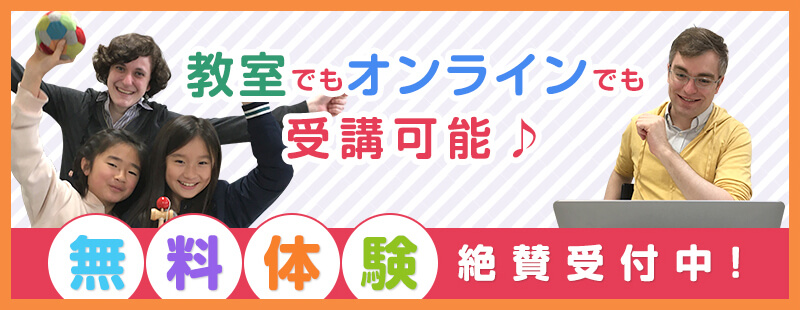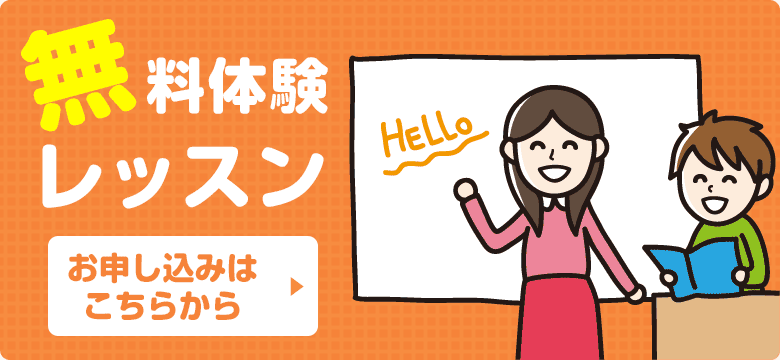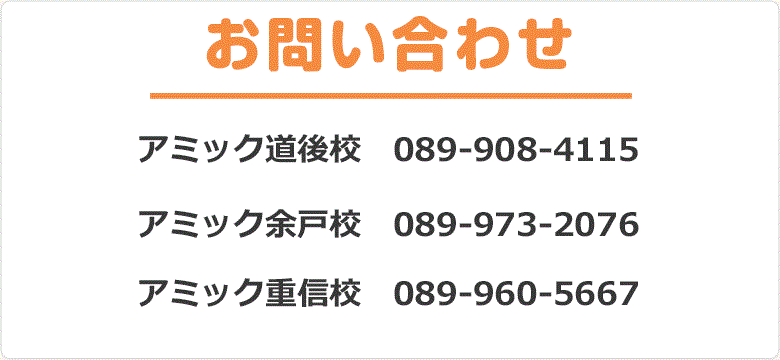英会話・英語 アミック chess vs shogi
2018/05/26
Here are the significant differences between chess and shogi:
- In shogi, captured pieces become the property of the capturer and can re-enter play by being dropped onto almost any vacant square. In chess, captured pieces are out of the game. Thus, in shogi, piece exchanges complicate the play significantly while in chess they simplify it.
- The shogi board is 9×9; the chess board is 8×8.
- Shogi has five pieces with no counterpart in chess: the gold and silver generals, the lance, the promoted rook and the promoted bishop. Chess has one piece with no counterpart in shogi: the queen. The knight’s move in shogi is much more restrictive than in chess. Pieces in shogi generally have a much smaller range of movement than in chess (unless they are in hand).
- In shogi, all pieces except the gold general and the king can promote, but only to one kind of piece. Promotion is easier in shogi because the promotion zone is closer to the starting position of the pieces (especially pawns). In chess, only the pawn can promote, but it can promote to any other piece except the king.
- In shogi, pawns capture the same way they move. There is no initial two-space pawn move and hence no en-passant captures. In chess, pawns capture diagonally which means that opposing pawns can block each other.
- In shogi, you only have one rook and one bishop. Note that the bishop is not restricted to only one “color” square (squares in shogi aren’t colored, but never mind) because promoted bishops can also move one square orthogonally.
- There is no special castling move in shogi. The term “castle” is used in shogi to denote a defensive formation consisting of (usually) three generals which protect the king. There are many such castles (about 40 or so have names).
- Draws are much rarer in shogi than in chess. Perpetual check is not allowed. Stalemate is a virtual impossibility, and is a loss for the stalematee.
- Since pieces are never out of play in shogi, chess-type endgames involving only a few pieces do not occur.
- Shogi games are generally longer than chess games (about 60-70 moves is typical).
- Shogi has a well-developed handicap system which is in general use; chess does not.












